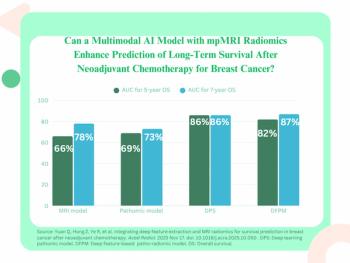
MRI Utilization in Response to Reimbursement Cuts
In response to reimbursement cuts, use of MRI has stayed relatively stable.
Magnetic resonance imaging use experienced rapid growth from 2002 to 2006, but has leveled off since then, according to a study published in the
Researchers from Thomas Jefferson University Hospital in Philadelphia, PA sought to determine if recent reimbursement cuts resulted in a shift of outpatient MRI from private offices to hospital outpatient departments (HOPDs). They also examined office MRI utilization trends among radiologists and other specialists.
The researchers used Medicare Part B Physician/Supplier Procedure Summary Master Files to determine MRI frequency according to private office or HOPD, as well as to categorize private office MRI users as radiologists, orthopedic surgeons, other physicians, and independent diagnostic testing facilities.
The results showed that MRI use for all specialties had risen to 2,727,807 in offices and 2,355,641 in HOPDs by 2006. By 2012, overall, the combined office and HOPD volumes were almost the same: 2006 recorded 5,083,448 tests and 2012 recorded 5,093,955 tests. However, the number of tests done in HOPD increased in this time, while office volume dropped – to the point that by 2012, more studies were performed in HOPDs than in offices. Over the entire period from 2002 and 2012, office MRI volume among radiologists increased 27%, compared with 216% among orthopedic surgeons, and 124% among other physicians.[[{"type":"media","view_mode":"media_crop","fid":"29675","attributes":{"alt":"MRI","class":"media-image media-image-right","id":"media_crop_7668379781129","media_crop_h":"0","media_crop_image_style":"-1","media_crop_instance":"3084","media_crop_rotate":"0","media_crop_scale_h":"0","media_crop_scale_w":"0","media_crop_w":"0","media_crop_x":"0","media_crop_y":"0","style":"height: 160px; width: 160px; border-width: 0px; border-style: solid; margin: 1px; float: right;","title":" ","typeof":"foaf:Image"}}]]
The researchers concluded that there has not been a significant increase in MRI use overall, however, more are performed in HOPDs than private offices. “This change will increase costs to payers, because reimbursements to HOPDs are generally higher than those to offices,” they wrote. “Although radiologists perform the majority of MRI exams that are conducted in private offices, the rate of growth for such exams from 2002 to 2012 was considerably higher among orthopedic surgeons and other physicians than among radiologists.”
Newsletter
Stay at the forefront of radiology with the Diagnostic Imaging newsletter, delivering the latest news, clinical insights, and imaging advancements for today’s radiologists.




























